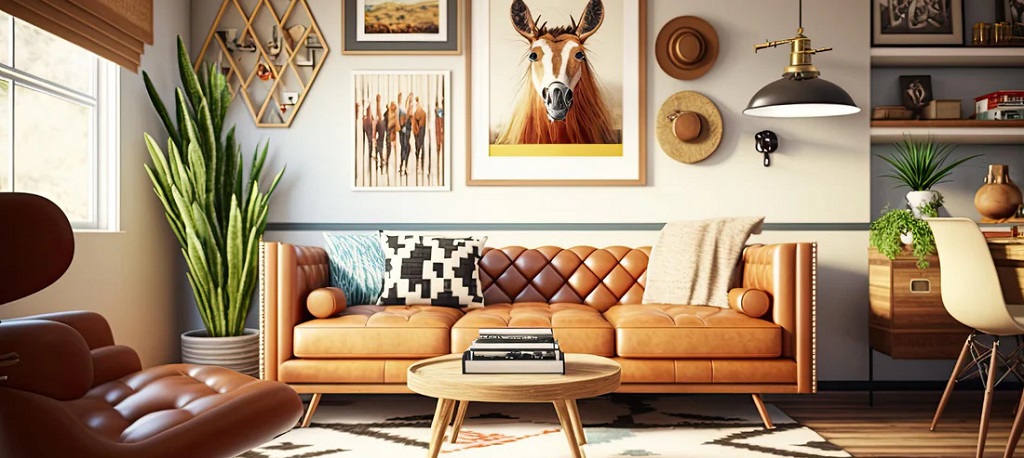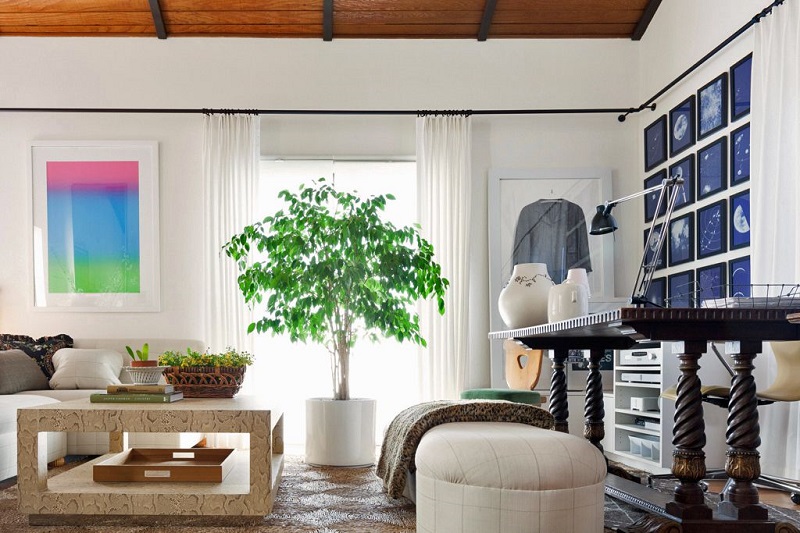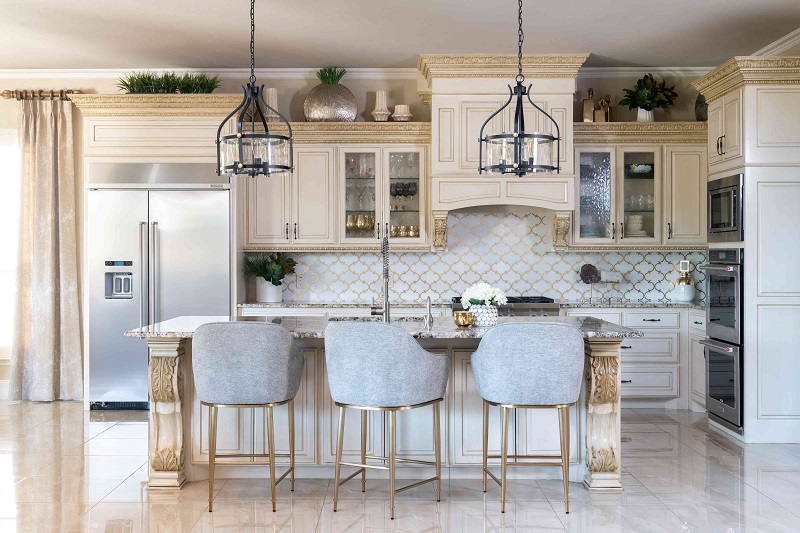Interior design is more than just arranging furniture in a room; it’s an art that combines aesthetics with functionality to create spaces that enhance our lives. Whether you’re redecorating your home or designing a new space, understanding the fundamental principles of interior design can make all the difference. In this article, we’ll delve into the three key principles that serve as the foundation of exceptional interior design.
The Principle of Balance
Balance is one of the fundamental principles of interior design, and it plays a crucial role in creating visually appealing spaces. Balance is about achieving equilibrium in a room by distributing visual weight evenly. There are two main types of balance in interior design:
1. Symmetrical Balance
Symmetrical balance involves arranging elements in a space so that they are mirrored on both sides. Think of it as a “mirror image” effect. For example, if you have a large sofa on one side of the room, you may place an identical piece of furniture on the other side to create symmetry. This approach often results in a formal and classic look.
Symmetrical balance provides a sense of order and stability, making it ideal for traditional interiors. However, it’s essential to strike the right balance between symmetry and monotony. Too much symmetry can make a room feel static and uninteresting.
2. Asymmetrical Balance
Asymmetrical balance, on the other hand, involves distributing visual weight unevenly but still achieving a sense of balance. It’s about using different elements with varying sizes, shapes, and colors to create harmony. Asymmetry often leads to a more dynamic and modern feel.
Incorporating asymmetry into your design allows for creativity and flexibility. It’s an excellent choice for contemporary interiors where uniqueness and personality are valued. To achieve asymmetrical balance, consider elements like artwork, furniture arrangements, and color contrasts.
The Principle of Emphasis
Emphasis is the principle that draws attention to a particular area or element in a room. It’s about creating a focal point that captures the eye and adds interest to the space. Emphasis can be achieved in various ways:
1. Color
Using a bold or contrasting color on one wall or a piece of furniture can create a strong focal point. For example, in a predominantly neutral room, a bright red accent wall can become the visual centerpiece.
2. Texture
Texture can also be used to add emphasis. Incorporating textures like a shaggy rug, textured wallpaper, or a plush velvet sofa can make a specific area stand out.
3. Artwork and Accessories
Artwork, sculptures, or unique accessories can serve as focal points. Placing a large, eye-catching piece of art above a fireplace or on an empty wall can instantly draw attention.
Remember that a successful emphasis should not overwhelm the space but enhance its overall design.
The Principle of Harmony and Unity
Harmony and unity are all about creating a cohesive and visually pleasing interior. These principles tie everything together, ensuring that the elements in a room work together harmoniously.
1. Color Palette
A well-thought-out color palette is essential for achieving harmony. Choose a color scheme that flows seamlessly throughout the space. Consider using a primary color as a base and adding complementary or analogous colors to create depth and interest.
2. Consistent Style
Maintaining a consistent style throughout the room is crucial for unity. Mixing too many different styles can lead to a chaotic and disjointed look. Whether you prefer a modern, rustic, or eclectic style, stick to it and select furniture and decor that align with your chosen theme.
3. Repetition
Repetition of elements, such as shapes, patterns, or materials, can help create unity. For example, if you have a circular dining table, you might choose pendant lights with a similar circular design to reinforce the sense of unity.
Conclusion
Interior design is an art that combines balance, emphasis, and harmony to transform spaces into beautiful and functional environments. By understanding and applying these three principles, you can create interiors that not only look great but also enhance your daily life.
FAQs
- Can I mix different interior design styles in one room?
It’s possible to mix styles, but it requires careful planning to ensure they harmonize. Consider consulting with a professional designer for guidance.
- How do I choose the right color palette for my space?
Start by considering the mood you want to create and your personal preferences. Then, explore color combinations that align with your vision.
- What’s the difference between modern and contemporary interior design?
Modern design refers to a specific style from the mid-20th century, while contemporary design reflects the current design trends, which can vary over time.
- Can I achieve balance in a small room with limited space?
Yes, balance is achievable in small spaces by carefully selecting appropriately sized furniture and avoiding overcrowding.
- Is it necessary to hire an interior designer, or can I design my space on my own?
Whether or not to hire a designer depends on your comfort level with design principles and the complexity of your project. Many people successfully design their spaces independently, while others benefit from professional expertise.





